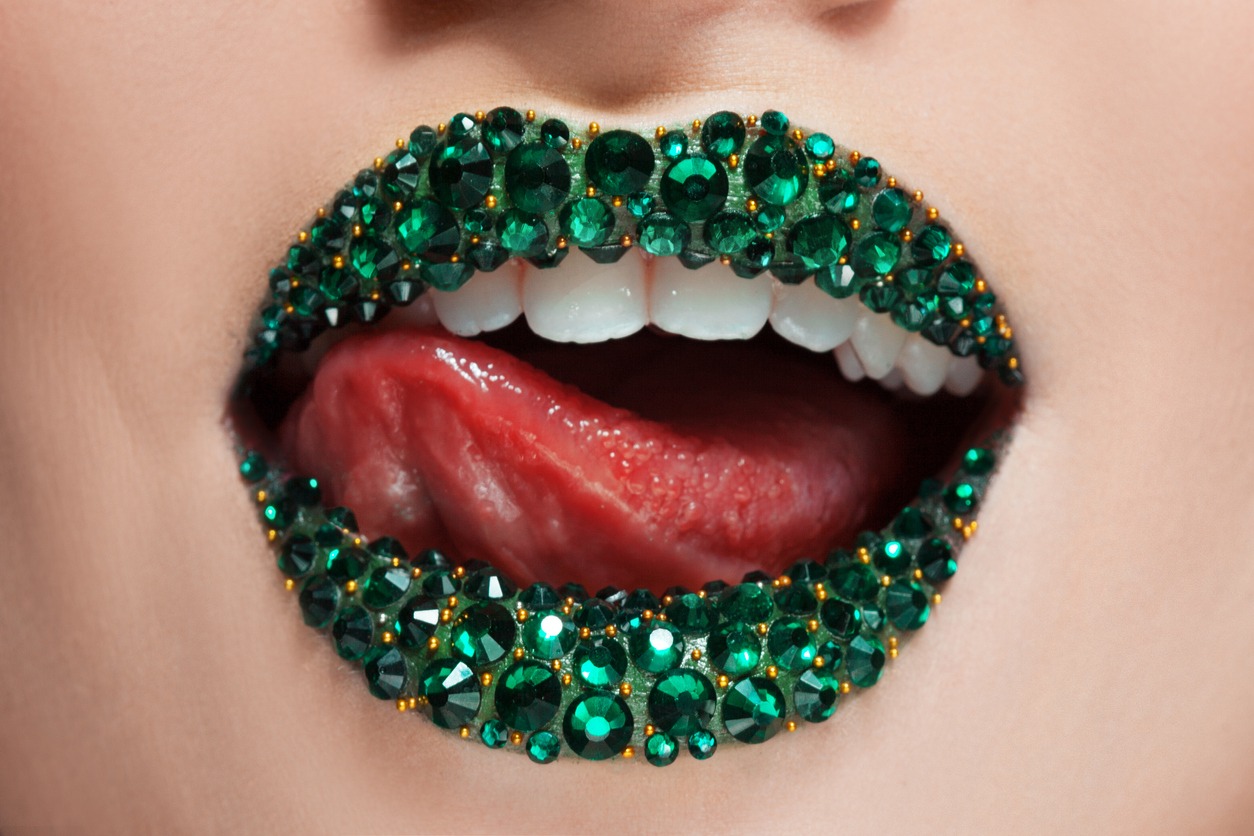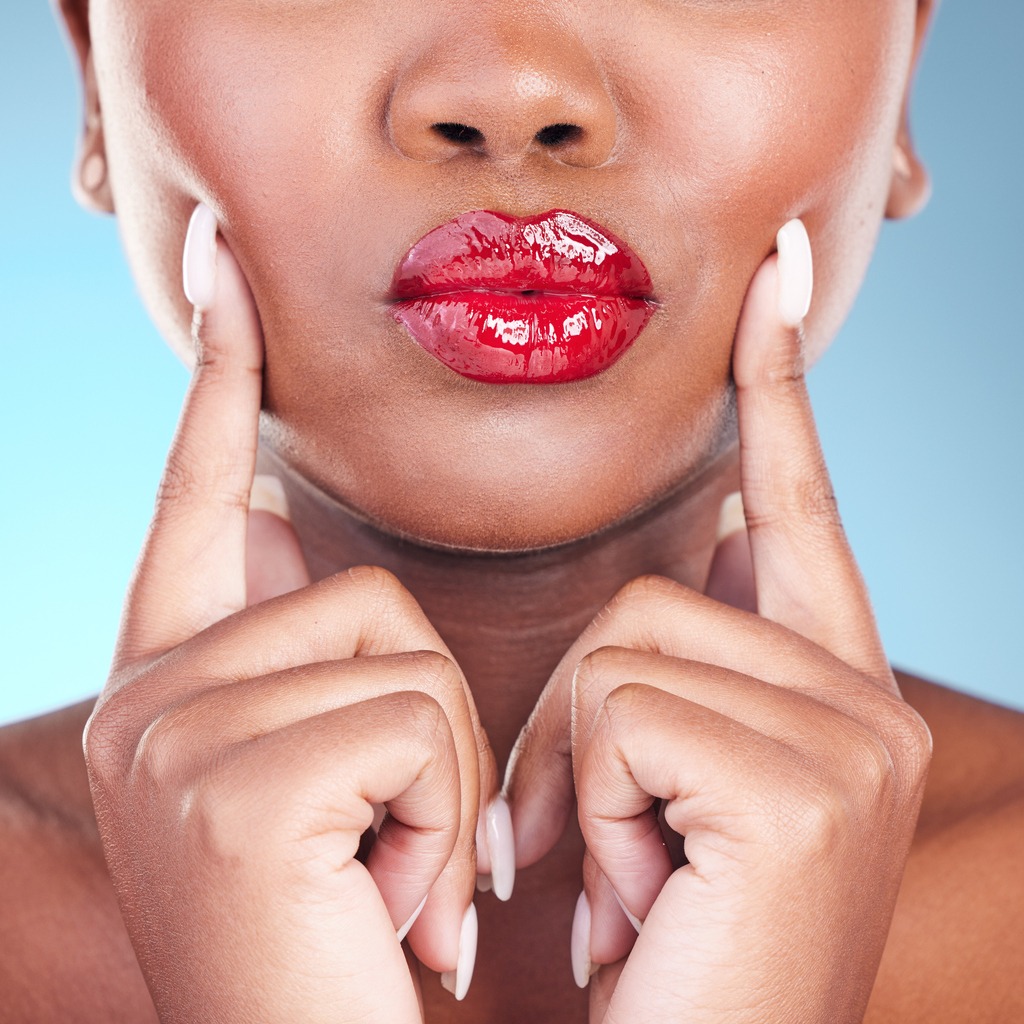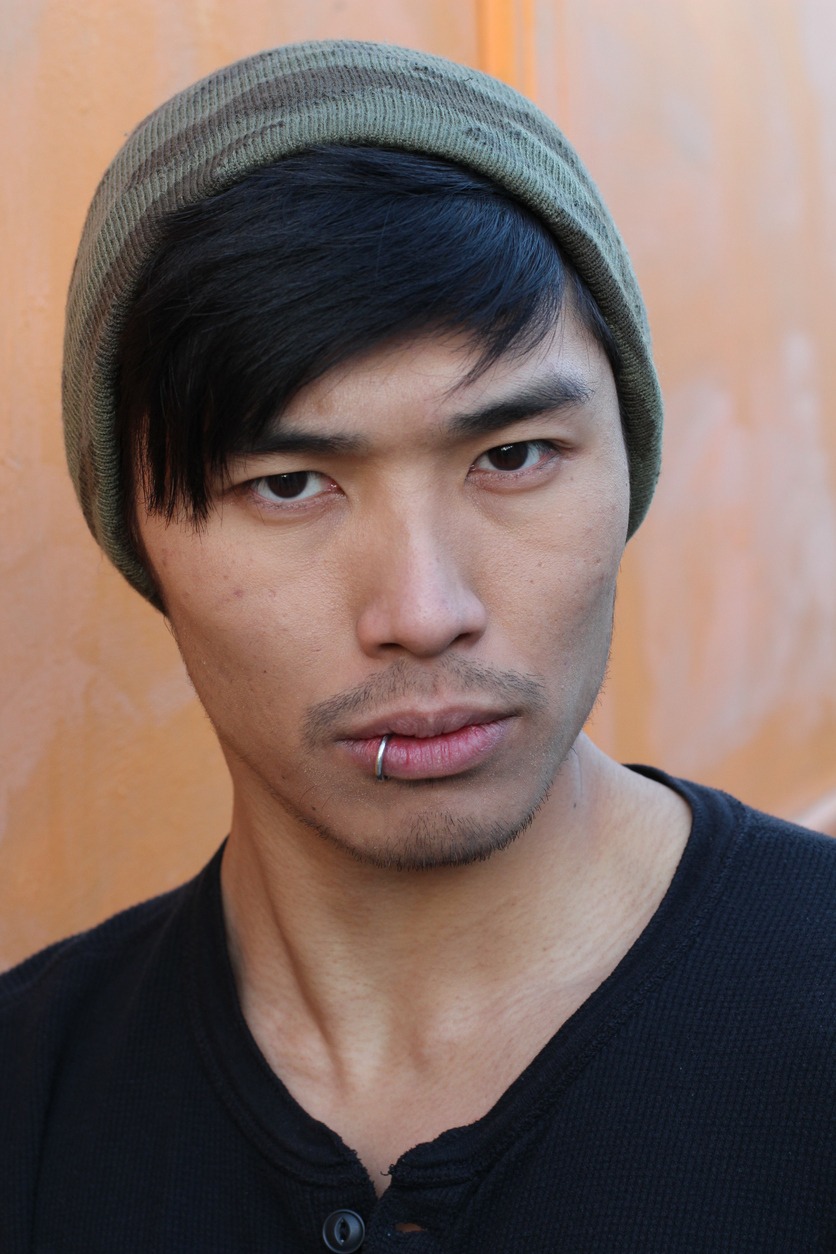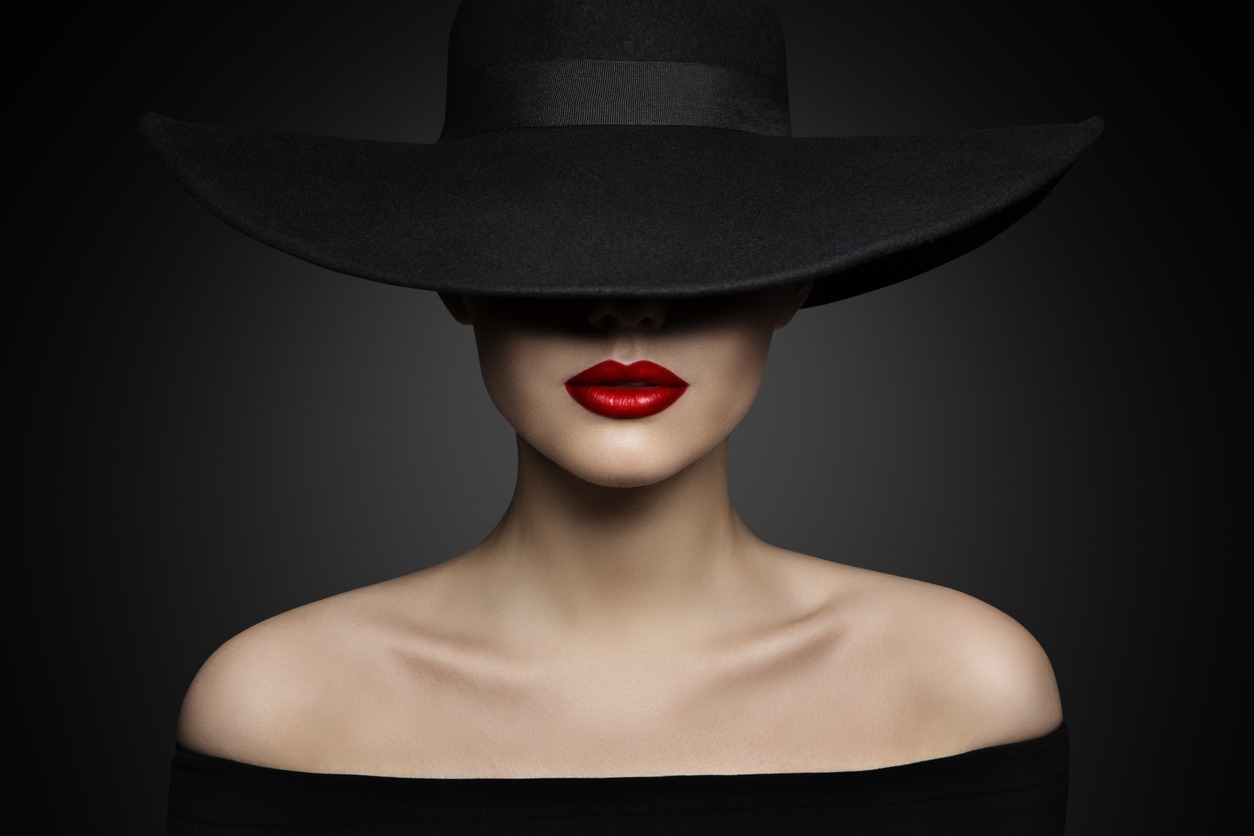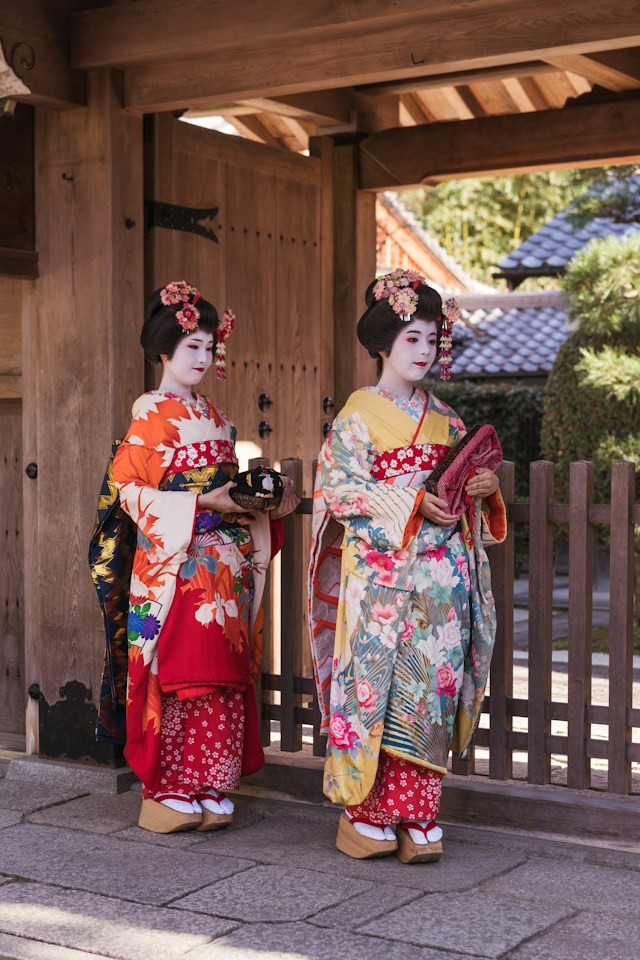Lips have been a symbol of communication, sensuality, and beauty across various cultures and historical periods. The cultural significance of lips is as diverse as the societies that attribute meaning to them. In this blog post, we’ll explore the fascinating ways in which lips are perceived and adorned in different cultures around the world.
The Allure of Full Lips: A Cross-Cultural Phenomenon
In many societies, full lips have been associated with youth, vitality, and fertility. From the ancient Sumerians to modern-day Hollywood, luscious lips have been celebrated and sought after. In contemporary Western culture, the desire for fuller lips is often fulfilled through cosmetic procedures like lip fillers. The influence of celebrities has played a significant role in this beauty trend.
Modern and Ancient Adornments: Painting and Piercing
The ancient Egyptians, renowned for their elaborate beauty rituals, used lip color to signify status. Both men and women applied lip paint as a part of their daily routine, using ingredients like ochre, iodine, and bromine mannite. However, these substances were often toxic, demonstrating the lengths to which individuals would go to achieve the desired aesthetic appeal. In Mesoamerica, the Mayans valued lip piercing as a sign of beauty and status. They adorned their lips with various materials, including jade, which was believed to have spiritual significance.
Today, lip piercings are a popular form of body modification that can vary greatly in placement and style. They can be singular or multiple and can be located anywhere around the mouth. Below are some of the most common types of lip piercings:
Labret Piercing: This is one of the most common types of lip piercings, where the jewelry is placed directly below the lower lip, above the chin. Despite being called a lip piercing, it does not puncture the lip itself.
Monroe Piercing: Named after Marilyn Monroe and her famous beauty mark, this piercing is placed on the left side above the upper lip, mimicking the appearance of a beauty mark or mole.
Madonna Piercing: Similar to the Monroe, the Madonna piercing is placed on the right side above the upper lip, also emulating a beauty spot.
Medusa Piercing: A medusa piercing is centered below the septum of the nose and above the top lip. It’s also known as a philtrum piercing since it goes through the philtrum, the indentation in the center of the upper lip.
Vertical Labret Piercing: This piercing goes through the top surface of the lower lip and exits just below the lip, meaning both ends of the piercing are visible.
Jestrum Piercing: Similar to the vertical labret, the jestrum piercing is placed in the philtrum and exits at the base of the septum, with both ends of the jewelry visible.
Snake Bites Piercing: This piercing features two piercings placed symmetrically on either side of the lower lip. It resembles the fang marks of a snake, hence the name.
Spider Bites Piercing: Very close to each other, spider bites consist of two piercings placed on one side of the lower lip, looking like the bite of a spider.
Angel Bites Piercing: Angel bites are the opposite of snake bites, with two symmetrically placed piercings on either side of the upper lip.
Cyber Bites Piercing: A combination of the medusa and labret, cyber bites consist of one piercing centered just above the upper lip and one just below the lower lip.
Dolphin Bites Piercing: These are two piercings centered on the lower lip, placed closer together than snake bites, giving the appearance of a dolphin’s bite.
Shark Bites Piercing: Shark bites are a combination of spider and snake bites, consisting of two close piercings on each side of the lower lip, totaling four piercings.
Canine Bites Piercing: Combining angel and snake bites, canine bites consist of four piercings—two placed on the upper lip and two on the lower lip.
Dahlia Piercing: This piercing is located at the corners of the mouth. It’s also known as a joker or corner piercing and can be on one or both sides.
Horizontal Labret Piercing: As the name suggests, this piercing is oriented horizontally through the lip rather than vertically, with both ends of the jewelry visible on the surface of the lip.
The type of jewelry used can vary depending on the location and style of the piercing. Common options include:
- Labret Studs: A common choice for many lip piercings, featuring a flat back and a ball or gem on the visible end.
- Rings: Hoops, captive bead rings, and circular barbells are often used, especially in snake bites, spider bites, and dahlia piercings.
- Barbells: For vertical and horizontal piercings, straight or curved barbells are typically used.
Red Lips: A Symbol of Power and Passion
In China, particularly during the Tang Dynasty, bold red lips were considered a symbol of power and passion. Courtesans painted their lips with bright pigments made from natural substances like cinnabar and carmine. This tradition has continued in various forms, with red lipstick often being associated with strength and confidence.
The African Connection: Lip Plates and Tattoos
Tattooing the lips is another practice found in parts of Africa and among Inuit populations. This form of lip adornment can signify reaching adulthood or convey other cultural messages. Lip plates, also known as lip plugs or lip discs, are a form of body modification that is practiced among some indigenous tribes in Africa and the Amazon basin in South America. This cultural practice involves stretching the lower or, less commonly, the upper lip over time to insert plates made of clay, wood, or other materials.
The practice of wearing lip plates is rich in cultural significance and varies between tribes. It is often seen as a rite of passage, a beauty standard, or a signifier of social or marital status. Some African tribes, such as the Mursi tribe in Ethiopia, use lip plates as a form of body modification that represents beauty and identity. Young women have their lips pierced and gradually stretched to insert larger plates over time. The size of the plate can indicate social or economic importance within the tribe.
Mursi and Suri Tribes (Ethiopia): Among the most well-known practitioners are the Mursi and Suri tribes of Ethiopia. For these tribes, lip plates are a traditional adornment worn by women that can indicate a woman’s worth or her eligibility for marriage. The size of the lip plate can sometimes reflect the dowry to be paid to the bride’s family.
Kayapo Tribe (Brazil): In the Amazon, the Kayapo tribe of Brazil is known for lip plates as well, although their customs and the meanings attached to the lip plates can differ markedly from African practices.
The process of inserting a lip plate typically begins at puberty. A small incision is made in the lower lip, and over time, progressively larger discs are inserted to stretch the lip. The stretching process can take several months to years until the desired size is achieved. The materials used for lip plates vary. In Africa, they are often made from clay or wood and can be quite large, sometimes exceeding 20 cm (8 inches) in diameter. In the Amazon, lip plates are traditionally made from wood or bone.
The Geisha’s Lips: Art and Discipline
In Japan, the traditional makeup of a geisha includes painting the lips in distinctive styles. The use of “beni” – a red pigment made from safflower – is applied in a way that creates the illusion of a small, flower-bud mouth, which was considered attractive and alluring.
The Flapper Movement: Rebellion and Redefinition
The 1920s flapper movement in the United States saw women using dark lip shades to symbolize their liberation from traditional roles. Bold lips became a statement of rebellion and independence during an era of significant social change.
Lips in Indian Culture: Symbolism in Color
In India, the application of lipstick has deep-rooted cultural and religious significance. The color red, for instance, is often associated with the Goddess Lakshmi and symbolizes prosperity and fertility. Lip colors are also chosen to complement traditional attire for various ceremonies and festivals.
The Middle Eastern Veil: Focus on the Lips
In some Middle Eastern cultures, where the veil is commonly worn, the eyes and lips become focal points of beauty and expression. The use of vibrant and richly pigmented lip colors underlines the significance of lips as one of the visible forms of feminine beauty.
Body Art and Lip Tattoos: Modern Expressions
In Western subcultures and modern body art movements, lip tattoos, both inside and outside the mouth, have become a form of self-expression and identity. From simple designs to elaborate patterns, these tattoos can hold personal meaning or simply be a fashion statement.
Lips in the Digital Age: Filters and Social Media
With the advent of social media and digital filters, the perception of lips continues to evolve. Filters that plump and contour the lips are widely used, sometimes influencing individuals’ desires for cosmetic enhancement in real life.
Conclusion
The cultural significance of lips is as varied as it is profound. Across the globe, lips have been and continue to be a canvas for self-expression, identity, and beauty. They are adorned, accentuated, and celebrated in myriad ways, reflecting the values and traditions of countless cultures. As we continue to globalize and share our cultural practices, the ways we perceive and adorn our lips may change, but their importance as a focal point of human expression will undoubtedly remain a constant.

